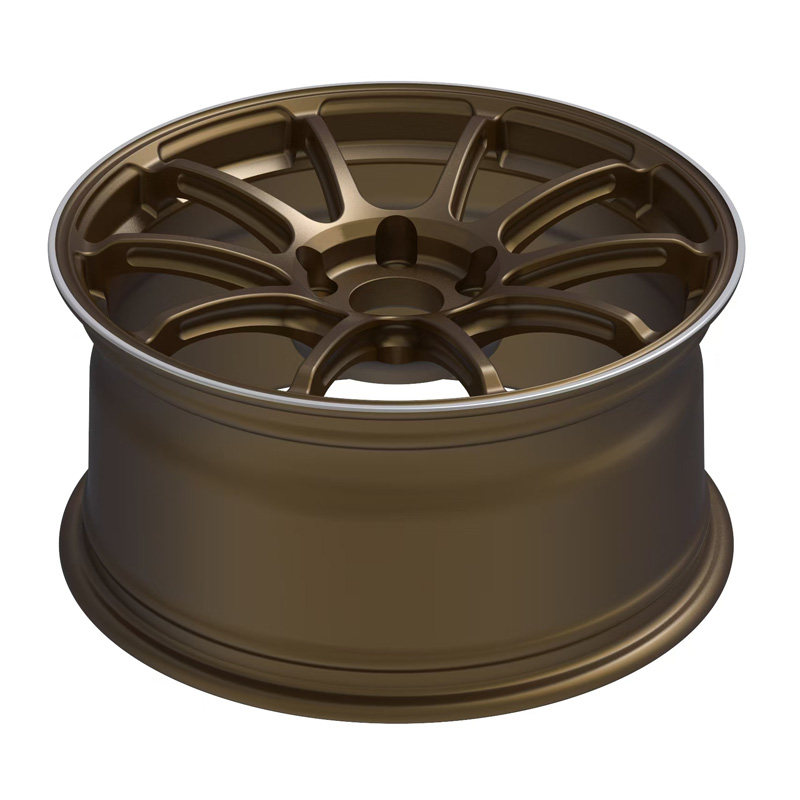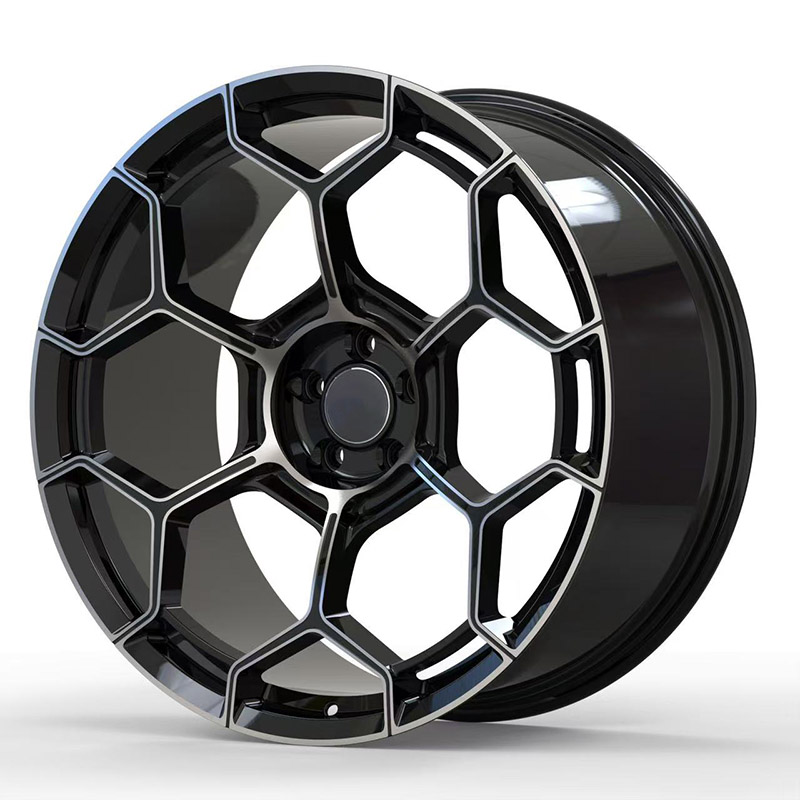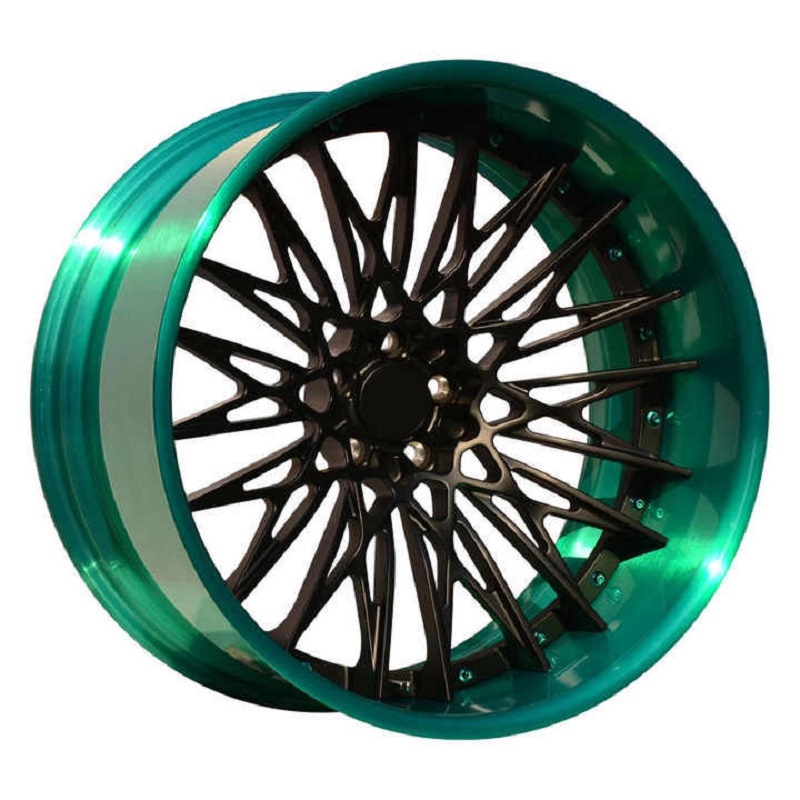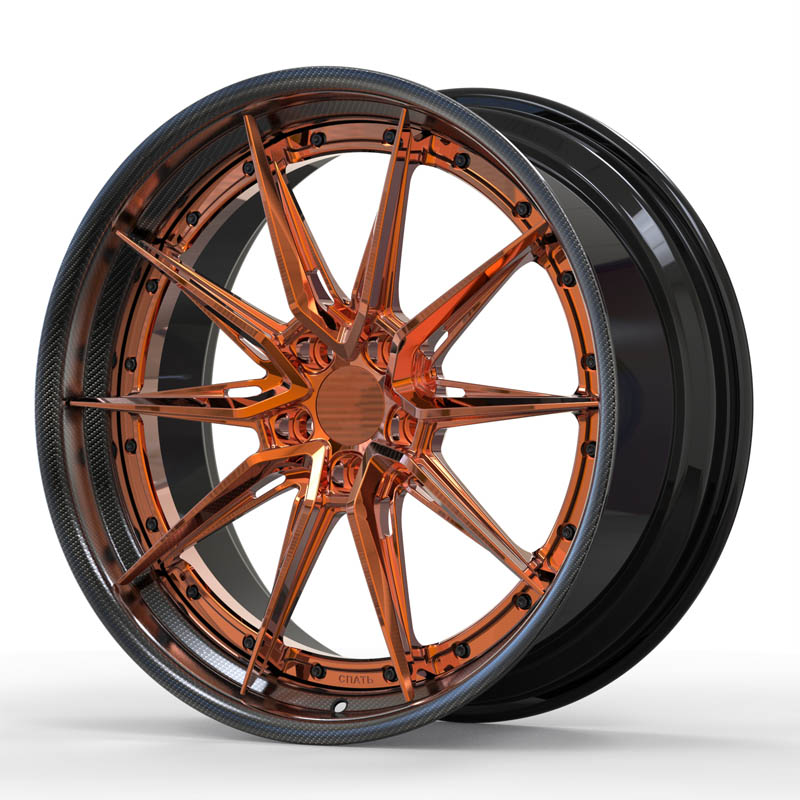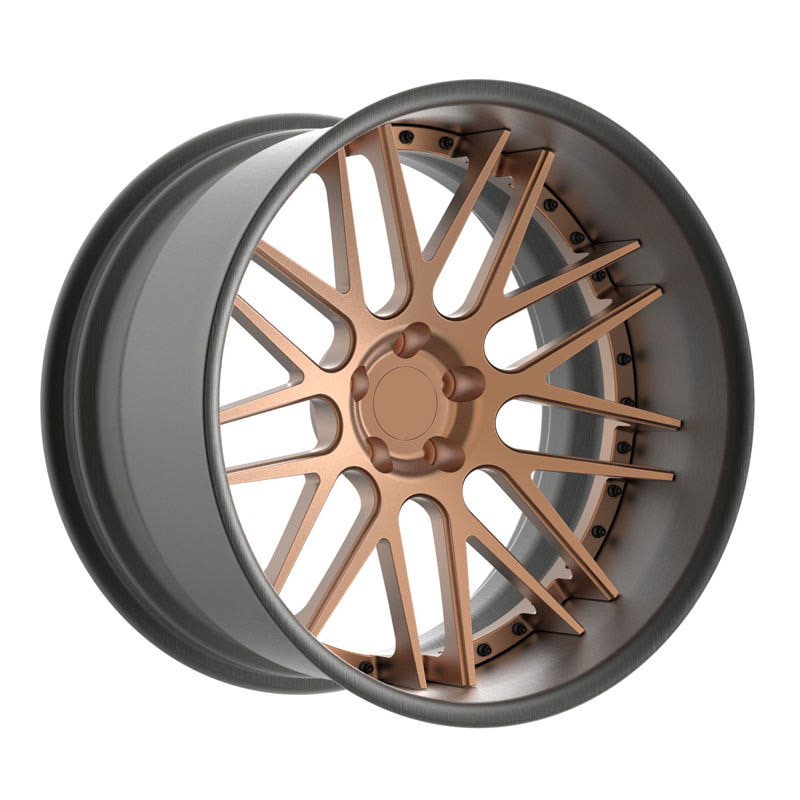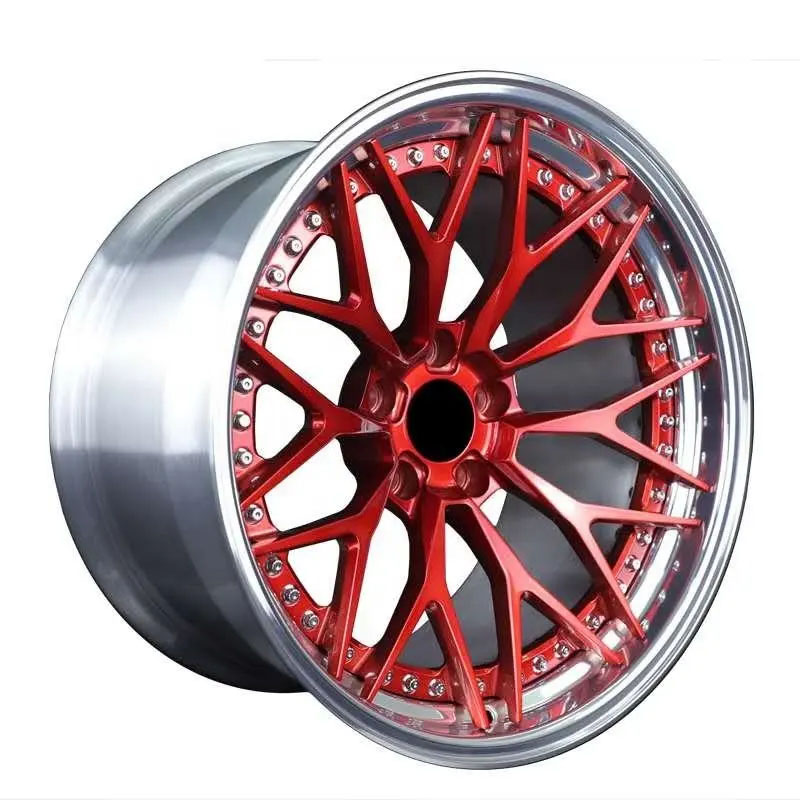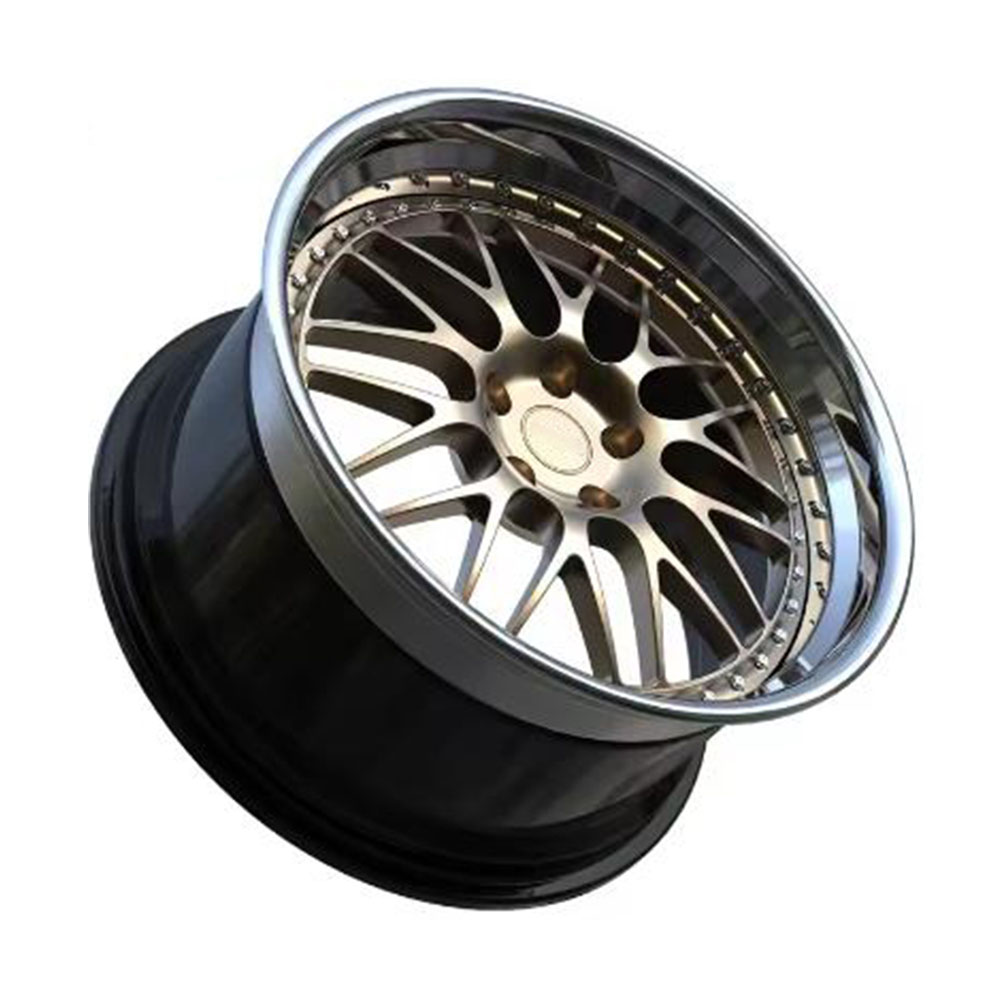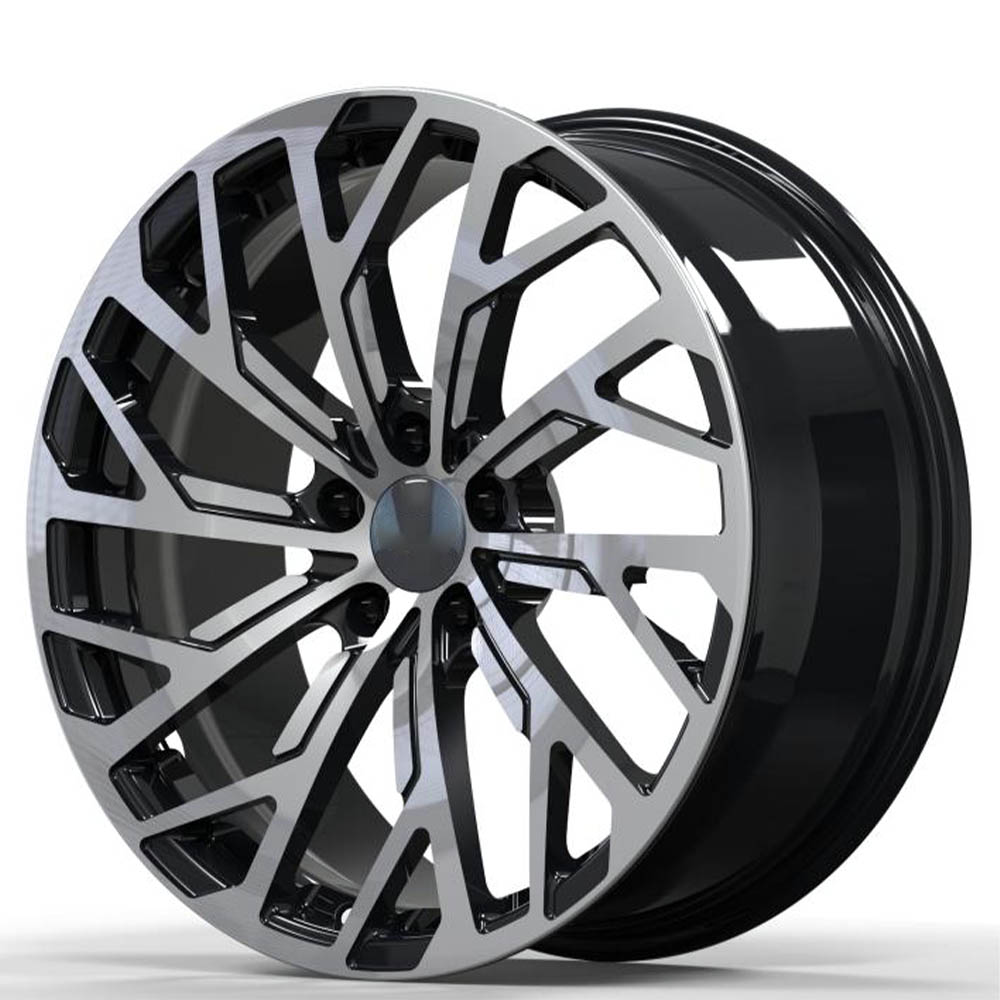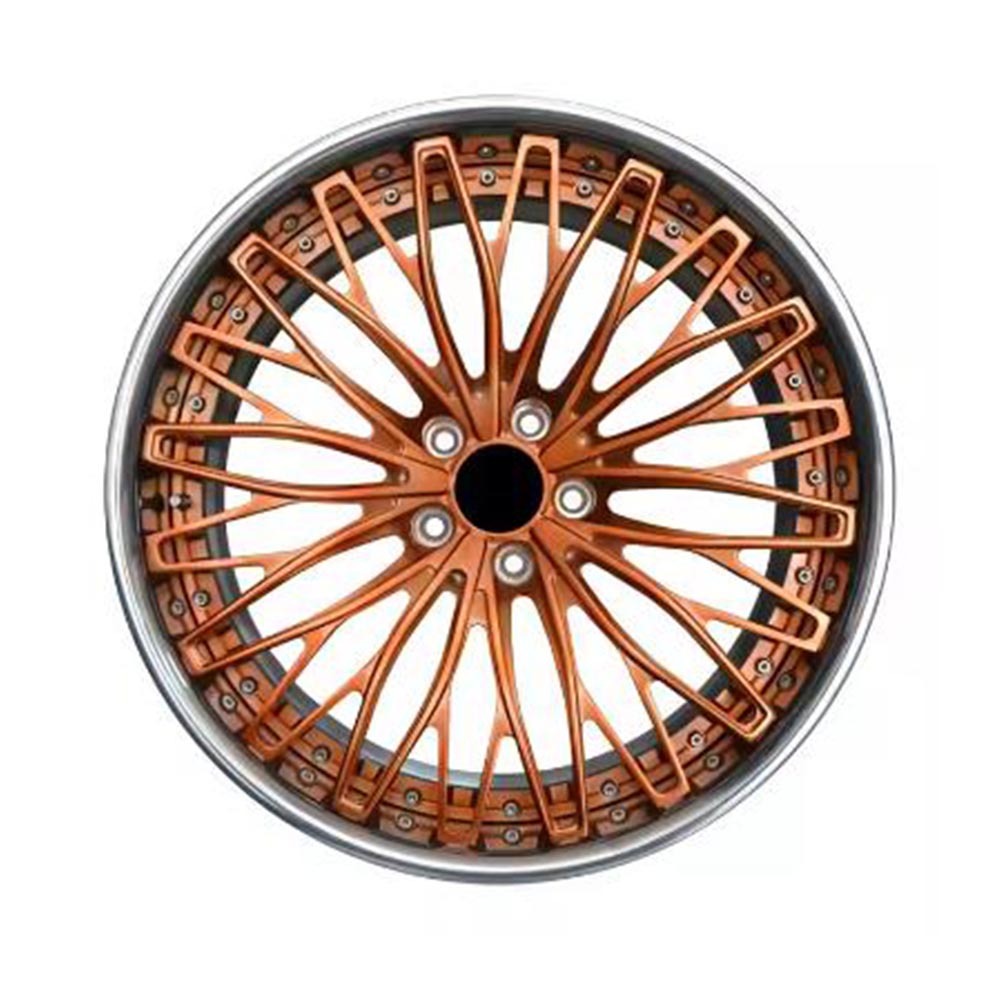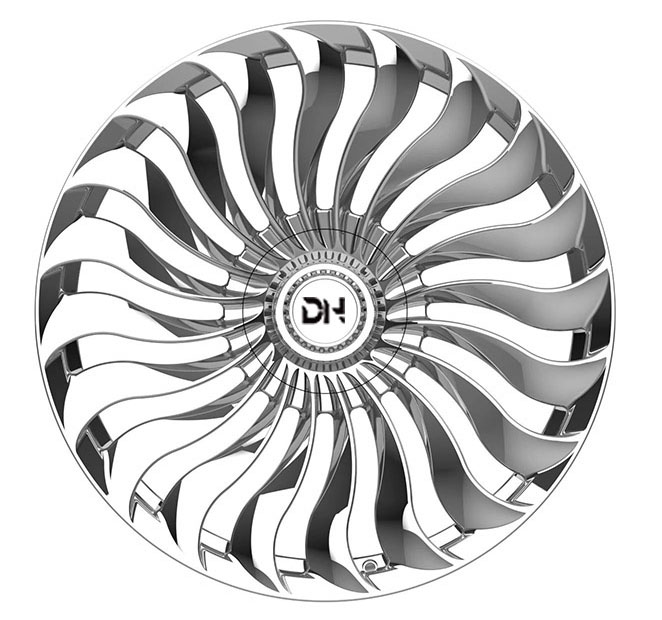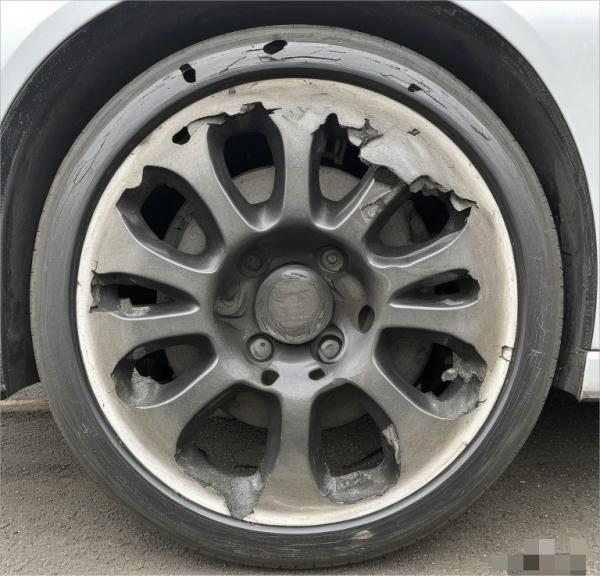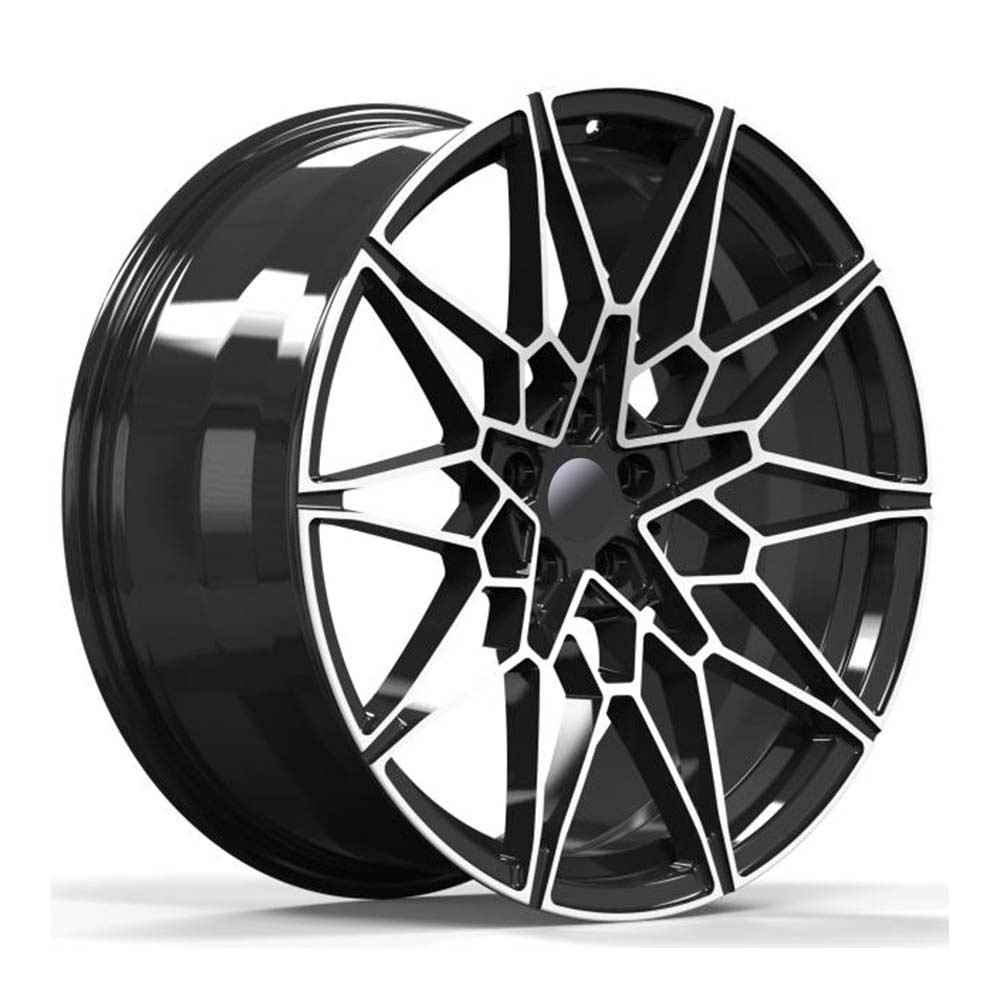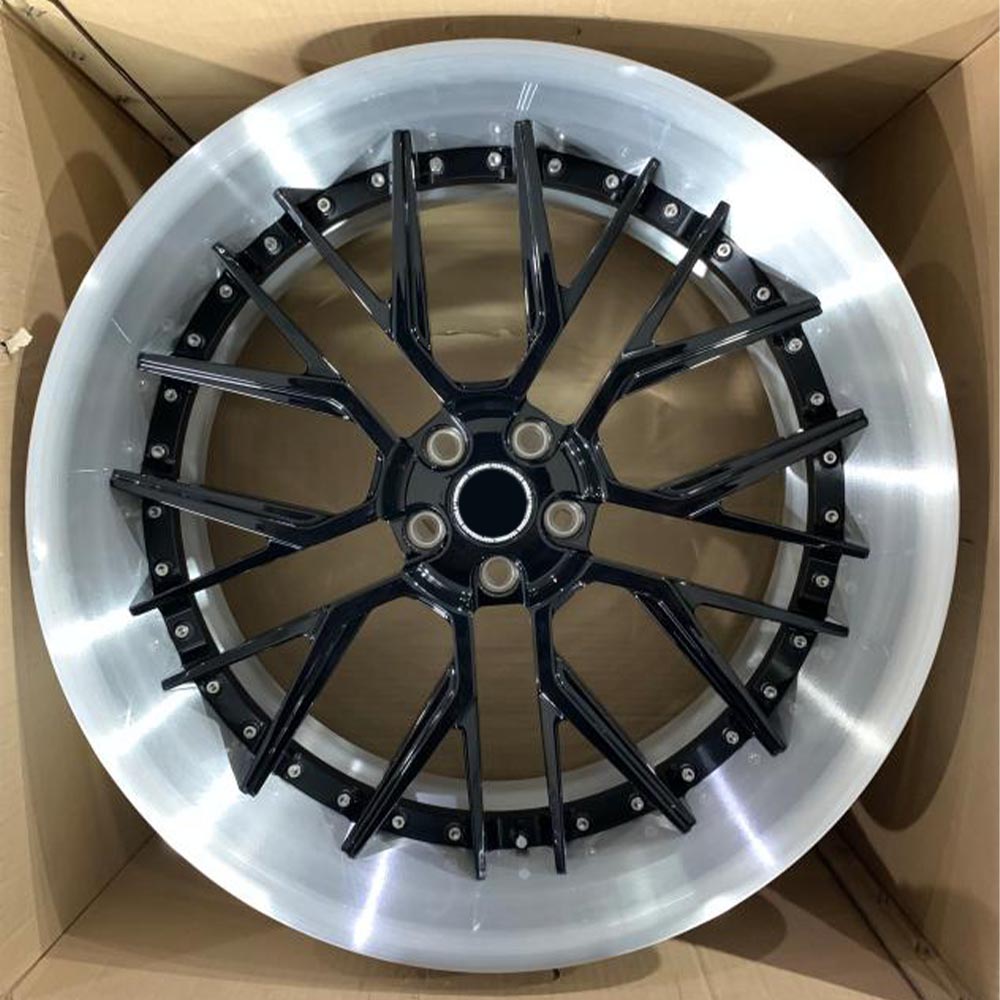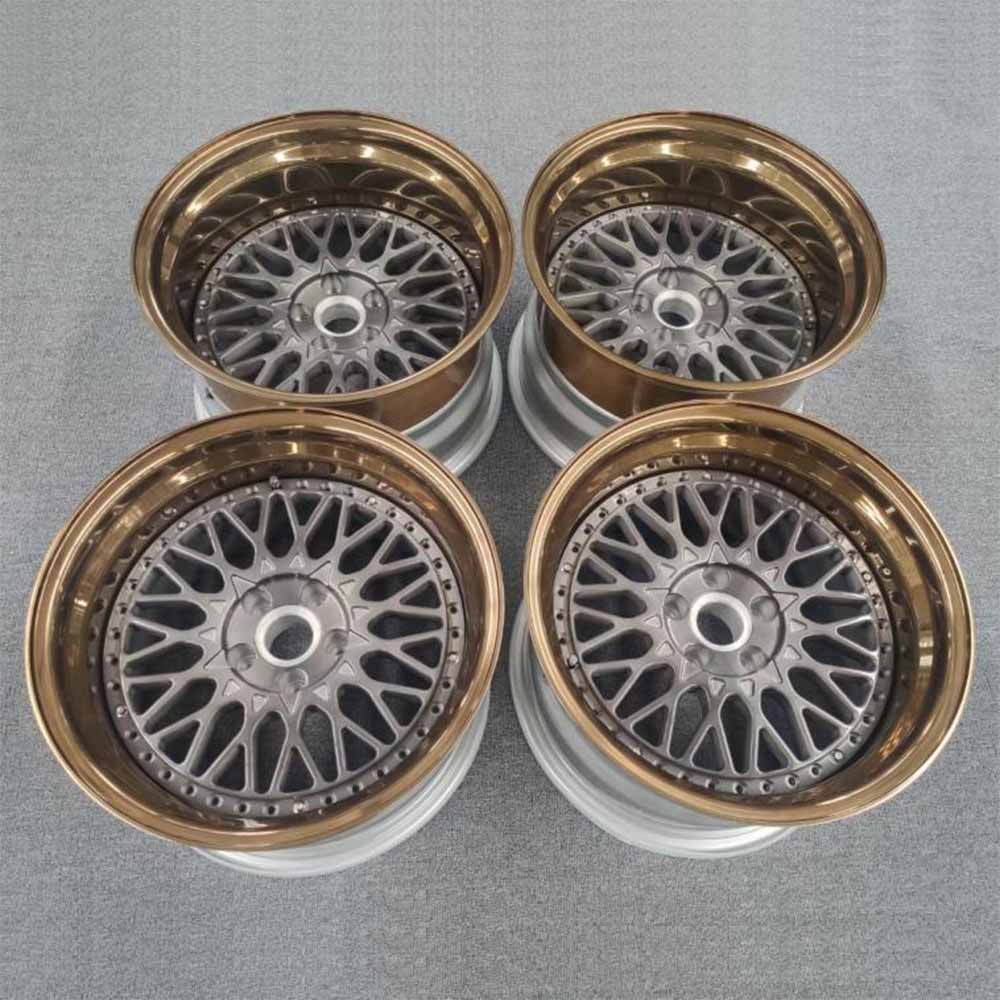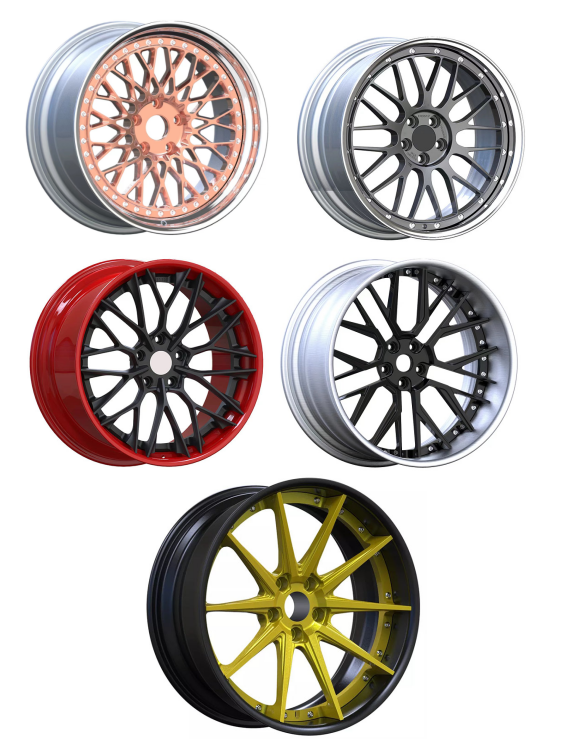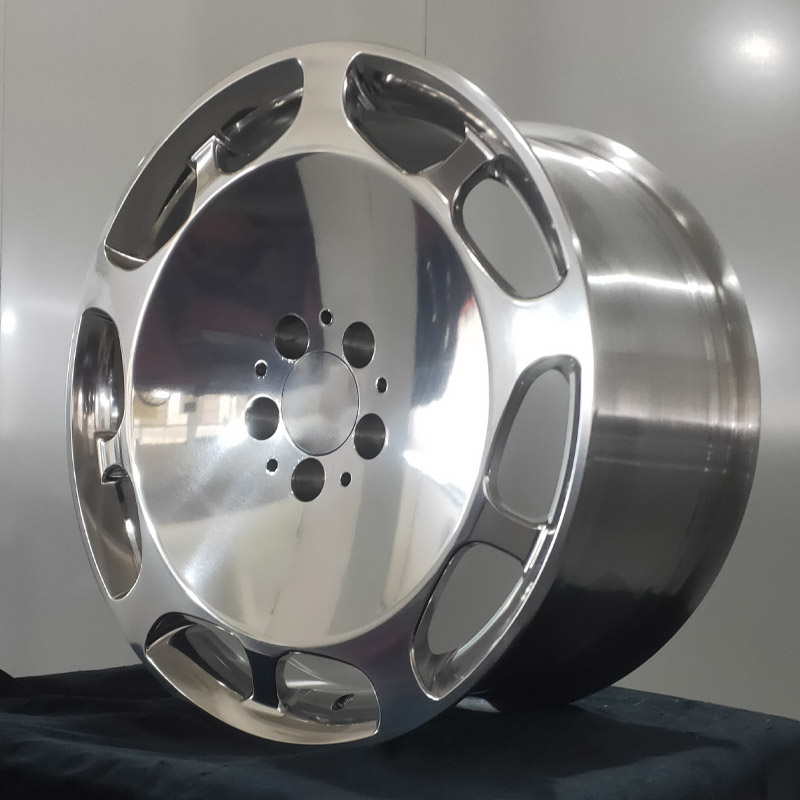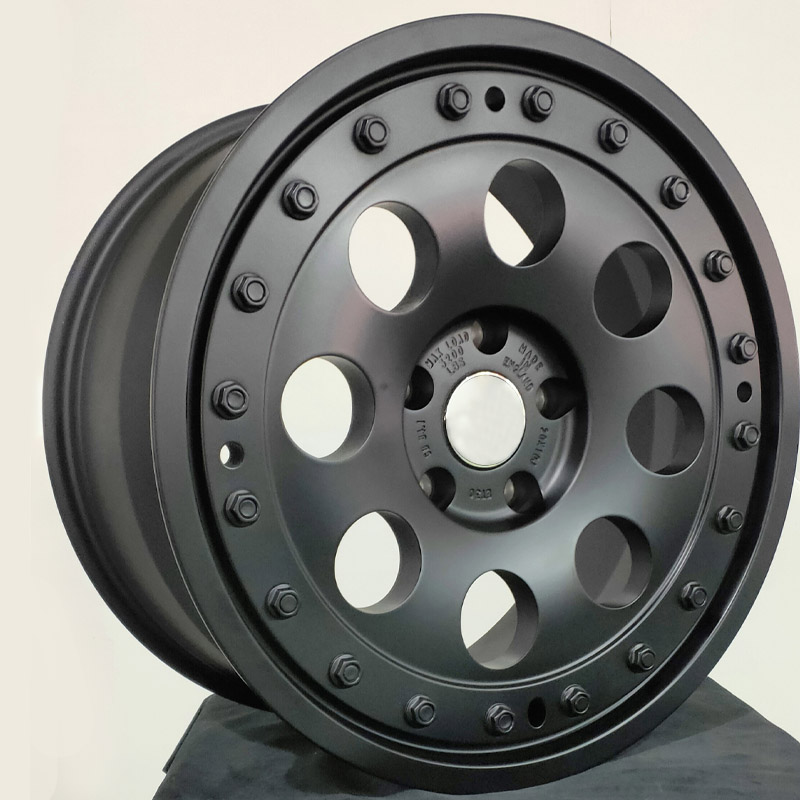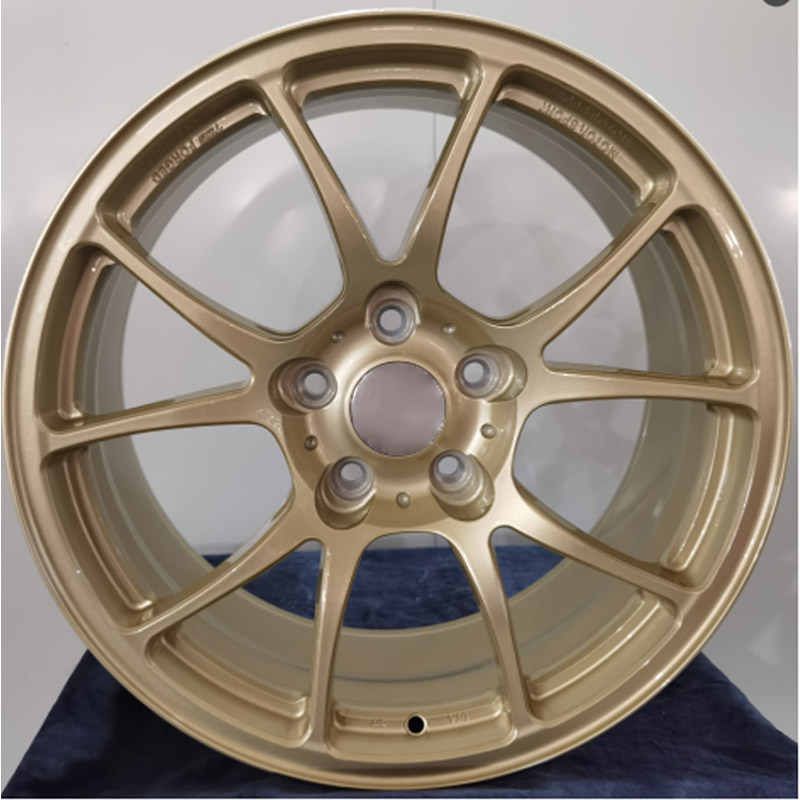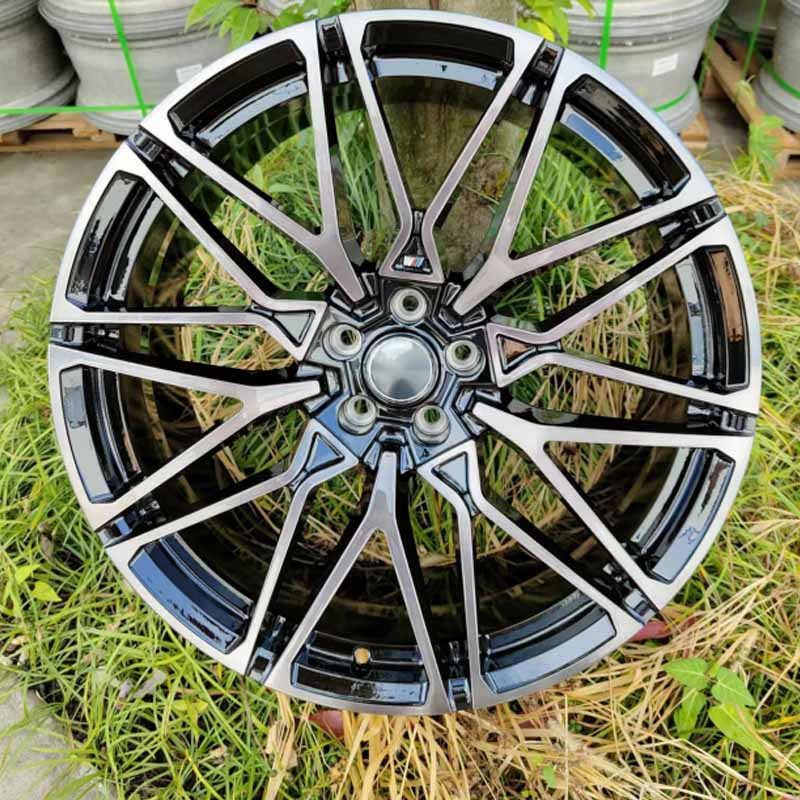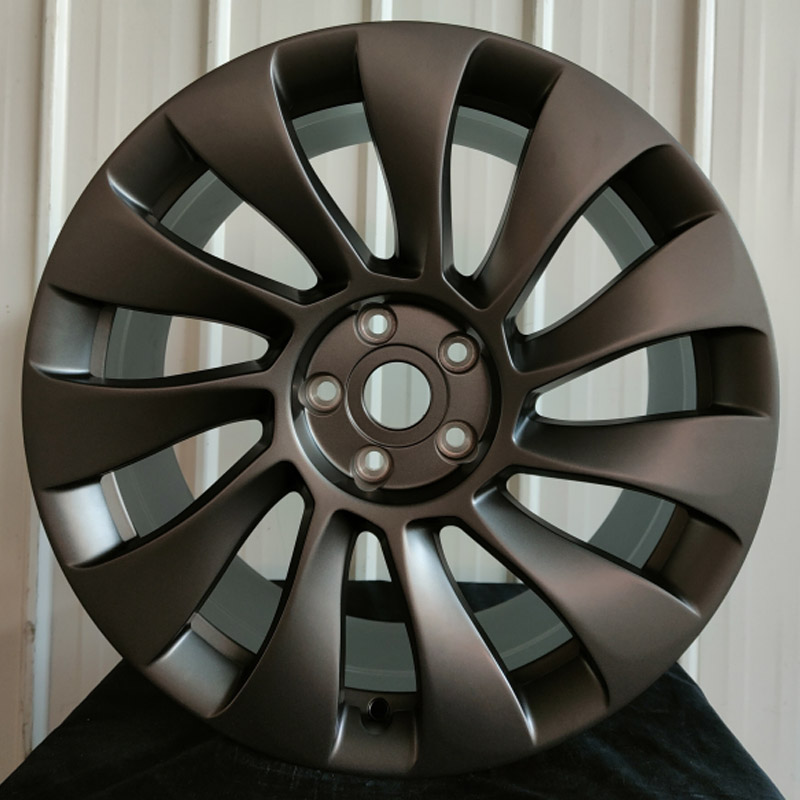1. Production method:
To produce a cast rim, molten metal is poured into molds and allowed to cool down, after which the blanks are processed on various machines — machined, holes are made, constructive bends, protrusions, ledges, etc. are added. The final stage may be the application of paint and varnish coating.
Casting wheels does not require expensive and bulky equipment, is carried out in several steps, does not take much time. These factors affect the cost of production, products are many times more expensive than forged analogs. But there are also disadvantages. The most serious of them is a granular structure with an abundance of airmicro-bubbles, which reduces the strength of the rim. Parts are subject to the formation of cracks, deformations. To compensate for this disadvantage, manufacturers are forced to increase the thickness of the product, and this, in turn, leads to an increase in weight and load on the chassis.
An alternative is alumina alloy forged wheels , although the name does not quite correctly reflect the process of their manufacture. It is rather not forging, but hot stamping in a closed mold. Molten metal is first poured into cylindrical molds, obtaining a kind of columns. They are allowed to cool and sawed into washers. Then the blanks are heated and sent under a hydraulic press, where the washers are turned into flat wheels. With the help of various nozzles, the wheels are given the desired shape, most resembling a pot with a rim. Due to repeated exposure to the metal structure and its stretching, graininess is replaced by fibrousness, and the powerful pressure provides a denser and stronger texture, without excess air.
As a result, T6061-T6 forged wheels are able to withstand increased loads. The resulting blanks are sent to a milling machine, where they are given a specified design, mounting holes, stiffening ribs, etc.
2. Weight. Forged wheels are available from 15” to 36”, and all much lighter than cast wheels, as the metal becomes denser and stronger during the production process, and there is no need to thicken the walls of the rim. In addition, stamping makes it possible to obtain a thinner profile of products than with casting. Two wheels with the same size can have a difference in weight of 3-4 kg.
3. Cost. Hot stamping of wheels requires the installation of a special production line, a powerful hydraulic press, expensive processing machines with program control. The process itself is considered very resource-intensive, including time, which affects the price:custom forged wheels are almost twice as expensive as cast wheels.
